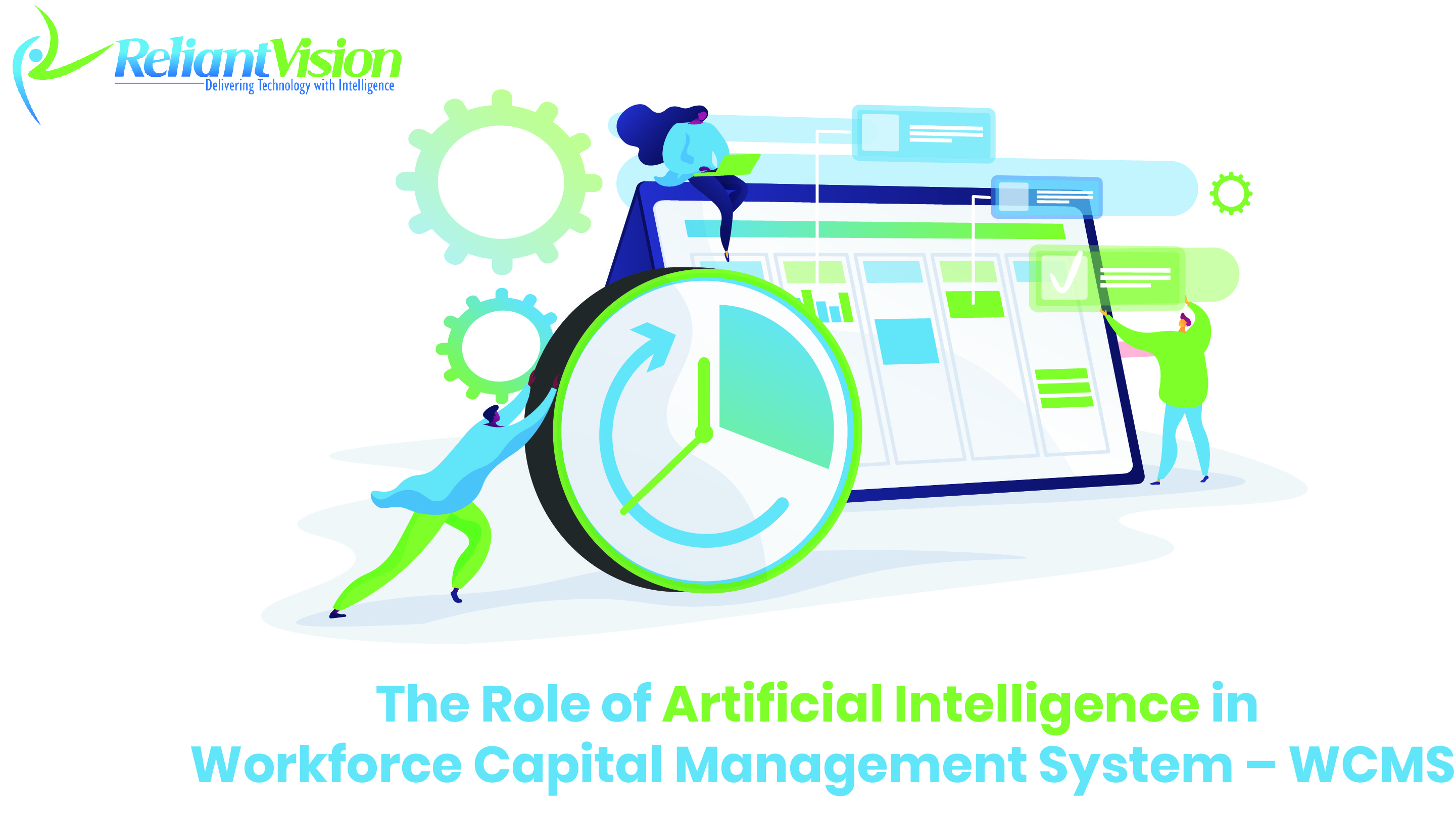Artificial Intelligence is changing our lives like never before. Humans are developing the technology in much faster way with organizations tapping the power of Artificial Intelligence and IoT to function more efficiently.
In the field of human resources, work force capital management is undergoing a profound shift. Like the industrial revolution that transformed the manufacturing, technologies like artificial intelligence, machine learning and deep learning are transforming the way we live, work and communicate.
These systems that constantly consume information to improve the accuracy and efficacy of human tasks hold great potential when paired with human innovation.
As the focal area of HR shifts from administrative tasks to improving workforce productivity, AI in talent management can help organizations streamline processes, improve functional efficiency, and make more informed people decisions that directly impact the profitability of organizations.
Like most smart technologies, the foundation of AI in work force capital management is also largely based on Big Data. Organizations are using Work Force Capital Management Systems since early 1980s.
These systems laid the foundation of the modern cloud based work force capital management solutions that functions as an end-to-end software to manage the entire employee lifecycle.
In addition to providing a seamless user experience and tons of new talent management features, WFCM solutions also consolidate vast amounts of disparate HR data points from across the organization into a single, centralized solution.
The entire employee lifecycle can be broken down into six major components:
- Talent Attraction:
It begins even before a recruiter approaches a candidate with a profile. Typically talent attraction represents employer branding that is the perception a potential candidate has about an employer.
This perception may be shaped orally, by general business performance (the stock performance in a stock exchange, about the quality of its products and services), reviews from employees, and media broadcast.
- Recruitment
Recruitment starts with candidate sourcing and ends with an offer letter being made to the shortlisted candidates. Withlarge part of recruitment processnow automated, the focus moves from operational tasks to improving the candidate experience, boosting engagement, and selling the job to the candidate.
- Onboarding
Employees Onboarding is perhaps the most critical driver of long-term engagement. Effective Onboarding ensures that the new employee hired integrates into the larger workforce with ease and add real value to their work. Onboarding is like a test for the organization about the performance of the hired candidate.
- Talent Development
Once employee begins his/her work it is important for the organizations to keep them engaged and also to provide talent development activities.
Talent development in this case includes everything from on-the-job training, to performance management, and succession planning. Data from performance reviews and weekly sign-ins provide valuable insights into employee competencies and skills which can then be mapped to their succession plan.
- Retention
Employee retention should not be looked in isolation from the other parts of the employee lifecycle. However, there are certain factors that impact retention more than others. These factors include, employee benefits, stock options, and rewards that have huge impact on retention.
- Separation
This is the last stage of the employee lifecycle and presents a unique opportunity to collect valuable data in the form of feedback and exit interviews.
Also, past or previous employees are one of the most important influencers when it comes to an organization’s employer brand. Employee reviews and feedback greatly determine how an organization is perceived by the prospective employees/candidates.
Organizations cannot afford to ignore the massive impact AI has on work force retention. AI in WFCMS empowers organizations to influence employee engagement and their experience every step of the way.
By tapping into rich data sources and performing advanced analysis, AI can help organizations in building future-proof talent strategies and create better workplaces. With employee-centricity becoming a competitive advantage for organizations in the future of work, AI can become your most valuable partnerin the search for talent.



























